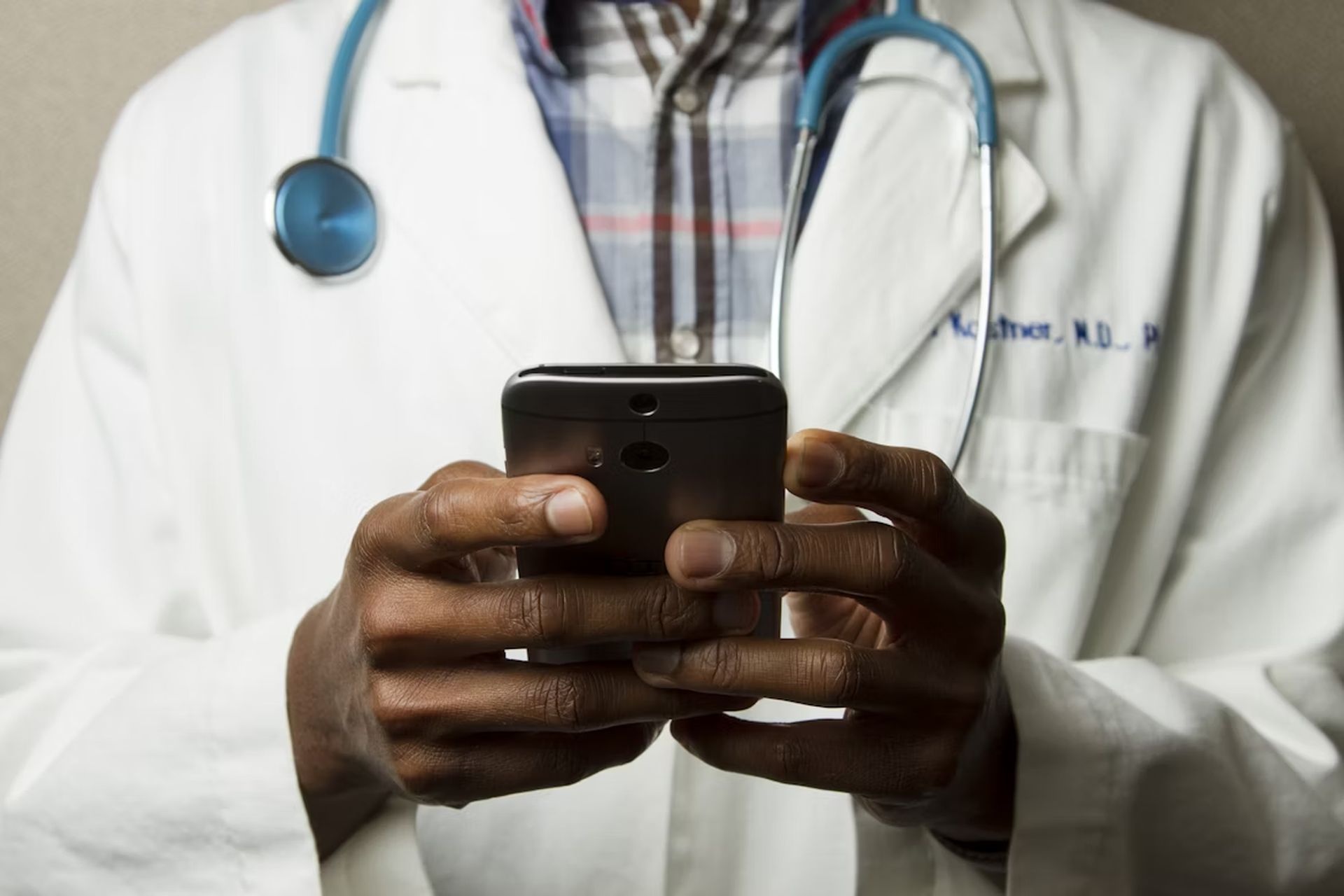and the distribution of digital products.
DM Television
Future of personalized medicine: How integration of wearables enhances remote patient monitoring

In the rapidly evolving healthcare technology age, personalized medicine has become one of the most promising approaches to improving patient outcomes. As the healthcare system shifts towards more patient-centered care, remote patient monitoring (RPM) and wearables are playing a crucial role in shaping the future of healthcare.
Wearables, including smartwatches, fitness trackers, and biosensors, are transforming how patients manage chronic conditions and how healthcare providers monitor and treat them. These devices seamlessly integrate into the broader landscape of personalized medicine, enabling continuous data collection, real-time analysis, and more accurate, individualized treatment plans. Keep reading to learn more about remote patient monitoring with wearables.
The rise of personalized medicinePersonalized medicine refers to tailoring healthcare treatments and interventions to each patient’s individual characteristics, needs, and preferences. This approach considers genetics, lifestyle, environment, and even microbiome diversity. Each telemedicine app development company is trying to implement new product features.
Rather than following a one-size-fits-all approach to treatment, personalized medicine aims to deliver more precise and effective care by focusing on the unique biology of each patient. This shift has been enabled by advances in genomics, molecular biology, and data analytics, allowing a deeper understanding of individual health profiles. By continuously collecting patient data in real-time, wearables are an essential part of this evolution, offering new ways to monitor a person’s health outside of the traditional clinic setting.
Wearables in remote patient monitoringWearables are now widely used in remote patient monitoring to track various health metrics such as heart rate, blood pressure, glucose levels, sleep patterns, physical activity, and mental health indicators. Devices like the Apple Watch, Fitbit, and specialized medical-grade wearables collect real-time data and automatically transmit it to healthcare providers. This allows physicians to monitor patient health trends continuously and intervene when necessary, potentially preventing acute events like heart attacks, diabetic crises, or sudden exacerbations of chronic conditions.
For example, patients with cardiovascular diseases can use wearables that monitor heart rhythms and detect arrhythmias, notifying both the patient and their healthcare provider if something abnormal occurs. Diabetic patients can now use continuous glucose monitors (CGMs) that track blood sugar levels 24/7, helping them better manage their condition with fewer clinic visits. These wearables not only empower patients with real-time information but also provide doctors with a more comprehensive picture of the patient’s health.
Benefits of wearable integration in healthcareThere are many pros of wearable integration in healthcare, listed below:
Real-time monitoring and early detectionOne of the key advantages of wearable technology is its ability to monitor patients in real time continuously. This provides opportunities for early detection of health issues, which can lead to faster interventions and better outcomes. For chronic diseases like hypertension, diabetes, and heart disease, early detection of a decline in health can prevent costly hospitalizations or emergency care.
Improved patient engagementWearables give patients immediate access to their health data, encouraging them to take a more active role in their healthcare. By making it easier to understand and track their health metrics, patients can make informed decisions regarding lifestyle changes, such as diet and exercise, which can improve long-term health outcomes.
Reduced healthcare costsContinuous remote monitoring can reduce the number of unnecessary in-person doctor visits, hospital admissions, and emergency room visits. This shift from reactive to proactive care also reduces the strain on healthcare resources, particularly important as global healthcare systems struggle with rising costs and increasing demand.
Better chronic disease managementWearable devices are particularly useful for managing chronic diseases requiring ongoing monitoring and intervention. By providing doctors with up-to-date information about a patient’s condition, wearables allow for more precise medication adjustments, treatments, and lifestyle recommendations. This not only helps to stabilize chronic conditions but also improves the quality of life for patients by reducing the need for frequent check-ups and invasive procedures.
Data-driven personalized careThe vast amounts of data collected by wearables offer previously unavailable insights through periodic check-ups alone. Healthcare providers can use this data to tailor treatment plans more effectively, adjusting interventions based on real-time information about how a patient’s body responds to treatment. Over time, this level of personalization can improve outcomes and reduce the trial-and-error approach often seen in traditional medicine.
The future of wearables in personalized medicine?The future of wearables in healthcare is bright, with technological advancements promising even more accurate, non-invasive, and sophisticated devices. For instance, research is underway to develop wearable sensors that can monitor vital signs through the skin or analyze sweat for chemical markers, reducing the need for blood tests and invasive procedures. Artificial intelligence will likely play a critical role in processing the vast amounts of data collected, identifying patterns, and providing predictive insights that can guide patients and healthcare providers.
As wearables evolve and become more integrated with healthcare systems, they will play an increasingly central role in personalized medicine, allowing for more precise, individualized care. With the potential to monitor patients continuously, detect early signs of disease, and provide data-driven insights, wearables will undoubtedly transform healthcare delivery, making it more proactive, preventive, and patient-centered.
Focus on the benefitsThe integration of wearables into remote patient monitoring drives personalized medicine’s future, offering unprecedented opportunities to improve patient care. By collecting continuous, real-time data, wearables enable healthcare providers to deliver more tailored, precise treatments, enhance chronic disease management, and empower patients to take an active role in their health.
Despite the challenges, the potential benefits of wearable technology in personalized medicine far outweigh the hurdles, making it an essential component of modern healthcare. As technology advances, we can expect wearables to become even more integral to the healthcare system, ultimately improving patients’ lives worldwide.
Featured image credit: National Cancer Institute/Unsplash
- Home
- About Us
- Write For Us / Submit Content
- Advertising And Affiliates
- Feeds And Syndication
- Contact Us
- Login
- Privacy
All Rights Reserved. Copyright , Central Coast Communications, Inc.